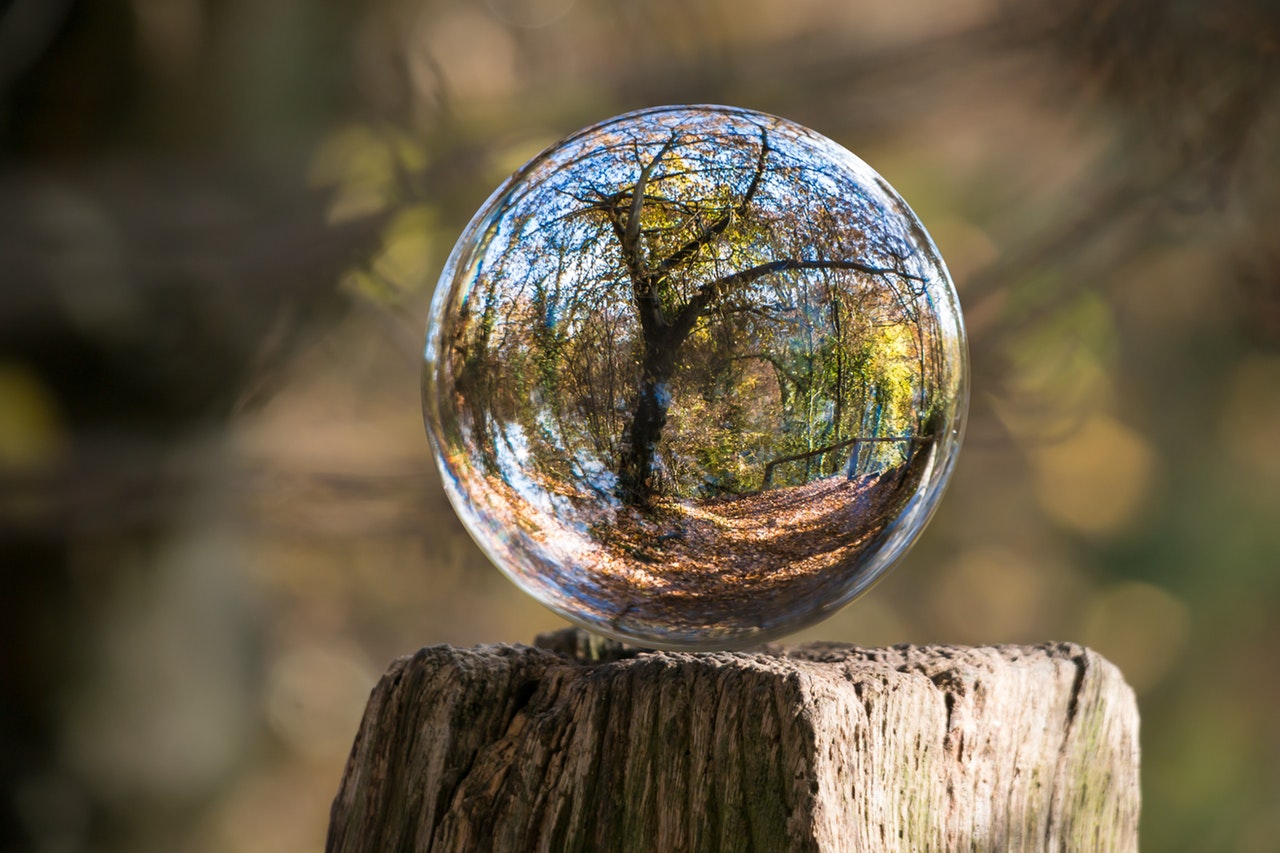List of Ways to Conserve Mother Nature
The food, water and energy needs of the ever-growing human population stretch the supply of the earth raw materials and strain the delicate balance of its various ecosystems. By limiting consumption, preventing waste and pursuing clean, renewable sources of energy, we can slow the depletion of Mother Nature resources and pass on a healthier, safer environment for future generations.
1. Reduce Waste
In 2008, the average American generated up to approximately 4.5 pounds of trash per day; trash that required valuable raw materials and energy to create and will likely metastasize the local landfill. The more tightly packed a landfill is, the longer its contents take to decompose. You can curb landfill growth by decreasing the amount of trash you produce.
Purchase products that are produced and packaged using fewer materials and buy in bulk when possible. Bring your own reusable shopping bags and fill them up with fresh fruits and vegetables rather than canned or frozen. Sign up for e-bills and opt out of receiving junk mail. Also, kick the bottled water habit.
2. Recycle
Recycling uses materials that are no longer useful to make other products. The EPA estimates that about 75 percent of the solid waste generated in the United States is recyclable. A national recycling rate of 30 percent saves 5 billion gallons of gasoline and reduces the need for foreign oil by 114 barrels.
The agency also states that in 2001, recycling efforts kept 68 million tons of waste out of landfills, which was double the amount reported in 1990. Also, items made from recycled materials not only save natural resources, but they require less energy to manufacture compared to products made from virgin materials. The most commonly recycled materials include aluminum, glass, paper, plastic, and steel, but electronics, automotive and other household items are also recyclable.
3. Conserve Water
In 2008, the EPA reported that the average American uses 100 gallons of water a day; 75 percent of that is used in the bathroom. Every wasted drop of water that ends up in a sewage system could potentially overwhelm the system, releasing contaminants into the environment.
Water efficiency also reduces the need to construct more waste water facilities and reduces the need to deplete surface water sources, which degrades freshwater habitats. Installing a high-efficiency toilet reduces water waste by 60 percent, and turning off the faucet while brushing your teeth can save about 8 gallons per day. A full tub requires about 70 gallons of water, while a 5-minute shower uses between 10 and 25 gallons.
4. Support Green Energy
Every time you connect to the internet, heat your house, or microwave your dinner, you are using energy, most of which comes from traditional, non-renewable sources like coal and oil. The production of electricity from these sources accounts for 40 percent of the United States; carbon dioxide emissions, which alters the earth climate. It also depletes water resources, generates toxic solid wastes and contributes to noise pollution.
Reducing consumption of energy generated from traditional sources or switching to renewable sources, like solar, wind and geothermal power, greatly reduces the amount of pollutants released into the environment. Minimize your electricity use by purchasing energy-efficient appliances and turn them off when not in use. Also, some communities offer the option of purchasing green power from their utility company.


